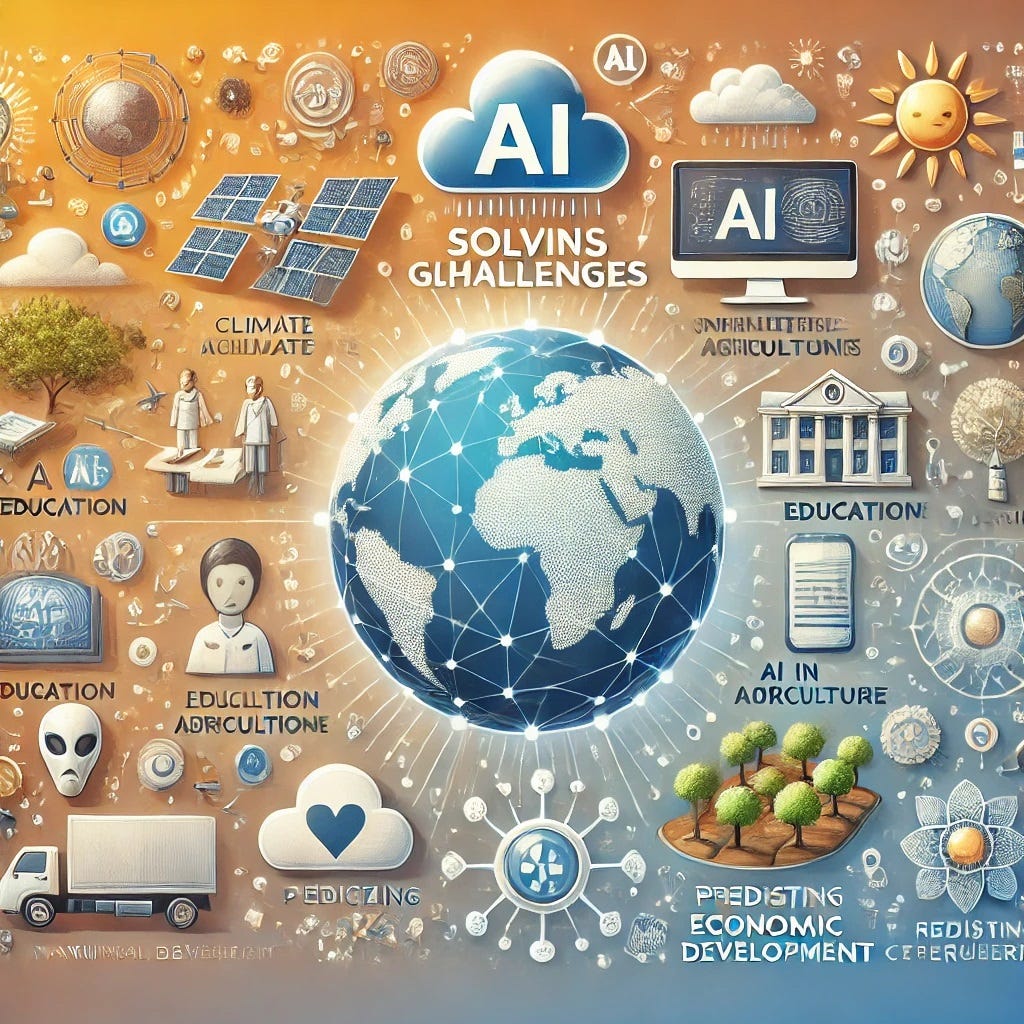Innovation has always been at the heart of human progress. From the wheel to the internet, groundbreaking ideas have transformed the way we live, work, and interact. Today, as the world faces mounting challenges such as climate change, food insecurity, and global health crises, innovation is more crucial than ever. Here’s why embracing innovation is essential to solving these global issues and how it can drive sustainable solutions.
Innovation Fuels Adaptability
Global challenges are often complex and dynamic, requiring adaptable solutions. Innovation allows societies to evolve and meet these shifting demands. Whether it’s creating drought-resistant crops to combat food scarcity or developing renewable energy technologies to reduce carbon emissions, innovative approaches offer the flexibility needed to tackle evolving problems.
Enhances Collaboration Across Borders
In a connected world, innovation promotes collaboration. Countries and organizations are increasingly working together to share knowledge, resources, and technology. For instance:
- Vaccines: The rapid development of COVID-19 vaccines showcased global innovation in action, with scientists and institutions from various countries pooling expertise.
- Climate Solutions: International partnerships in renewable energy projects demonstrate how innovation can transcend borders to address a shared threat.
Economic Growth and Job Creation
Innovative solutions don’t just solve problems; they also create economic opportunities. New industries, such as green energy and biotechnology, generate jobs and stimulate economies. For example:
- Clean energy initiatives have led to a surge in employment opportunities in solar and wind industries.
- Technological advancements in agriculture enable farmers to improve yields, boosting incomes and food security.
Encourages Efficient Resource Use
One of the biggest challenges today is the depletion of natural resources. Innovation provides tools and strategies to use resources more efficiently.
- Circular Economy: This concept emphasizes reusing and recycling materials to reduce waste, driven by innovative design and manufacturing processes.
- Smart Technologies: IoT devices and AI-driven systems optimize energy consumption, reducing costs and environmental impact.
Inspires Grassroots Solutions
While large-scale innovations often grab headlines, grassroots creativity can be just as impactful. Communities worldwide are finding localized solutions to unique challenges, often using limited resources.
- In parts of Africa, solar-powered water pumps are providing clean drinking water to rural communities.
- Low-cost, biodegradable sanitary products are improving hygiene for women in underserved areas.
Education and Empowerment through Innovation
Education plays a pivotal role in fostering innovation. By equipping people with knowledge and tools, societies can empower individuals to develop their own solutions. Investments in STEM (science, technology, engineering, and mathematics) education are particularly effective in driving innovation at all levels.
Challenges to Innovation and How to Overcome Them
While innovation offers immense potential, there are obstacles that must be addressed:
- Access to Funding: Many groundbreaking ideas remain unrealized due to lack of resources. Governments and private sectors need to prioritize funding for research and development.
- Resistance to Change: People and organizations often resist new ideas. Public awareness campaigns and education can help overcome skepticism.
- Ethical Concerns: Some innovations, like AI and genetic engineering, raise ethical questions. Transparent discussions and regulatory frameworks are needed to ensure responsible use.
Examples of Innovation Driving Change
Real-world examples highlight how innovation can solve pressing global issues:
- Solar Energy in India: India’s ambitious solar energy projects are transforming its energy sector and reducing reliance on fossil fuels.
- Plastic-Eating Enzymes: Scientists have developed enzymes that break down plastic waste, offering a potential solution to pollution.
- Drones in Agriculture: In many regions, drones are helping farmers monitor crops and optimize irrigation, reducing water wastage.
The Role of Governments, Corporations, and Individuals
Innovation thrives when supported by a collaborative ecosystem:
- Governments: Policies that fund research and incentivize sustainable practices are essential.
- Corporations: Companies can drive innovation through investment in research and adopting sustainable practices.
- Individuals: Innovators, entrepreneurs, and everyday citizens can contribute by embracing and supporting new ideas.
Conclusion
Innovation is not just a tool for progress; it’s a necessity for survival in the face of global challenges. By fostering creativity, collaboration, and adaptability, humanity can overcome even the most daunting obstacles. Whether through groundbreaking technologies, grassroots solutions, or collaborative efforts, innovation holds the key to building a sustainable and equitable future for all.
